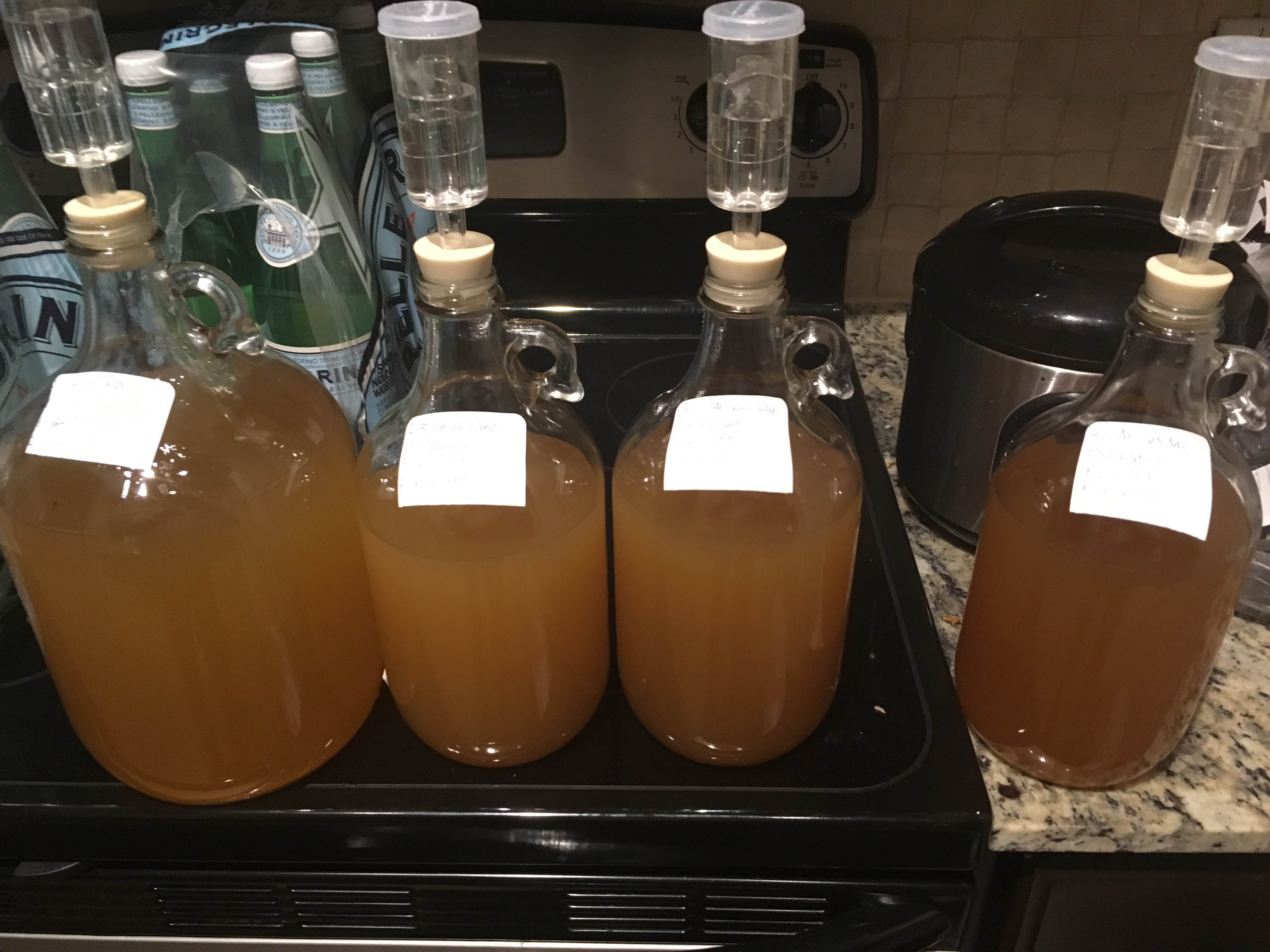TheNotoriousM.E.A.D
Member
- Joined
- May 31, 2018
- Messages
- 10
- Reaction score
- 8
I wish there was a "sticky" thread up top because I have a feeling that some of my questions might already be addressed, but here goes:
- I am using Lalvin D47, which I basically chose at random. I've read through a large number of threads on here and few people seem to use that. Why? Are there yeasts that are known to be better for mead?
- What do you age mead in? I'm patient and I have no issues with waiting months/years for mead to mellow out. But what do you age it in? Let's say I do a primary of a month and then a secondary for another month. Do you just age it in bottles at that point? Or use another glass container? How do you age larger quantities, like 20 gallons?
- Are there accepted ratios of how much fruit to use for X gallons of mead? Most videos I see online basically have people just stuffing in their flavors at random. But surely there must be some thoughts on how much to use.
- How do you determine the length of your primary? I have read recommendations for everything from 2 weeks to 2 months. From what I can gather, the shorter the primary, the sweeter it will be?


 . Good luck!
. Good luck! Off topic, I know - so apologies - but is there any real solid evidence for the difference between feeding the nutrient load when pitching the yeast and staggering the feeding with SNA - I am lazy and I feed my yeast a large dose of nutrients day 1. What does staggering the feeding do that giving them a large single dose doesn't?
Off topic, I know - so apologies - but is there any real solid evidence for the difference between feeding the nutrient load when pitching the yeast and staggering the feeding with SNA - I am lazy and I feed my yeast a large dose of nutrients day 1. What does staggering the feeding do that giving them a large single dose doesn't?
